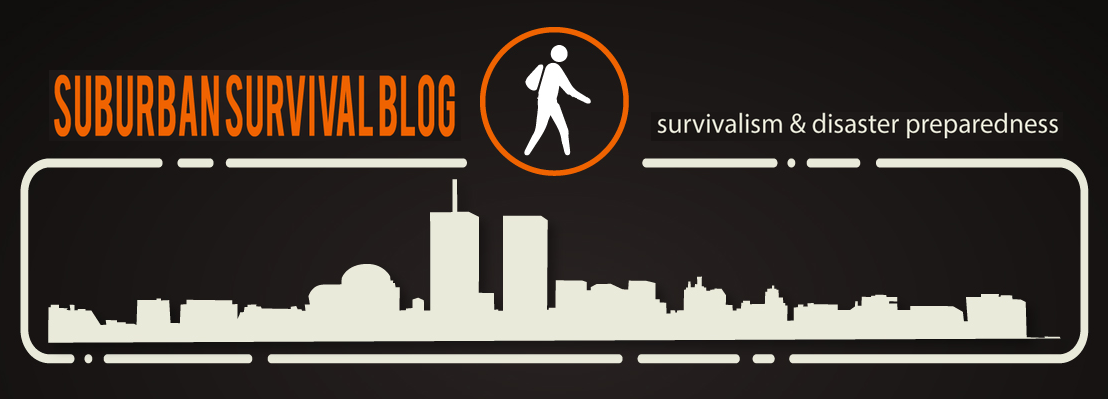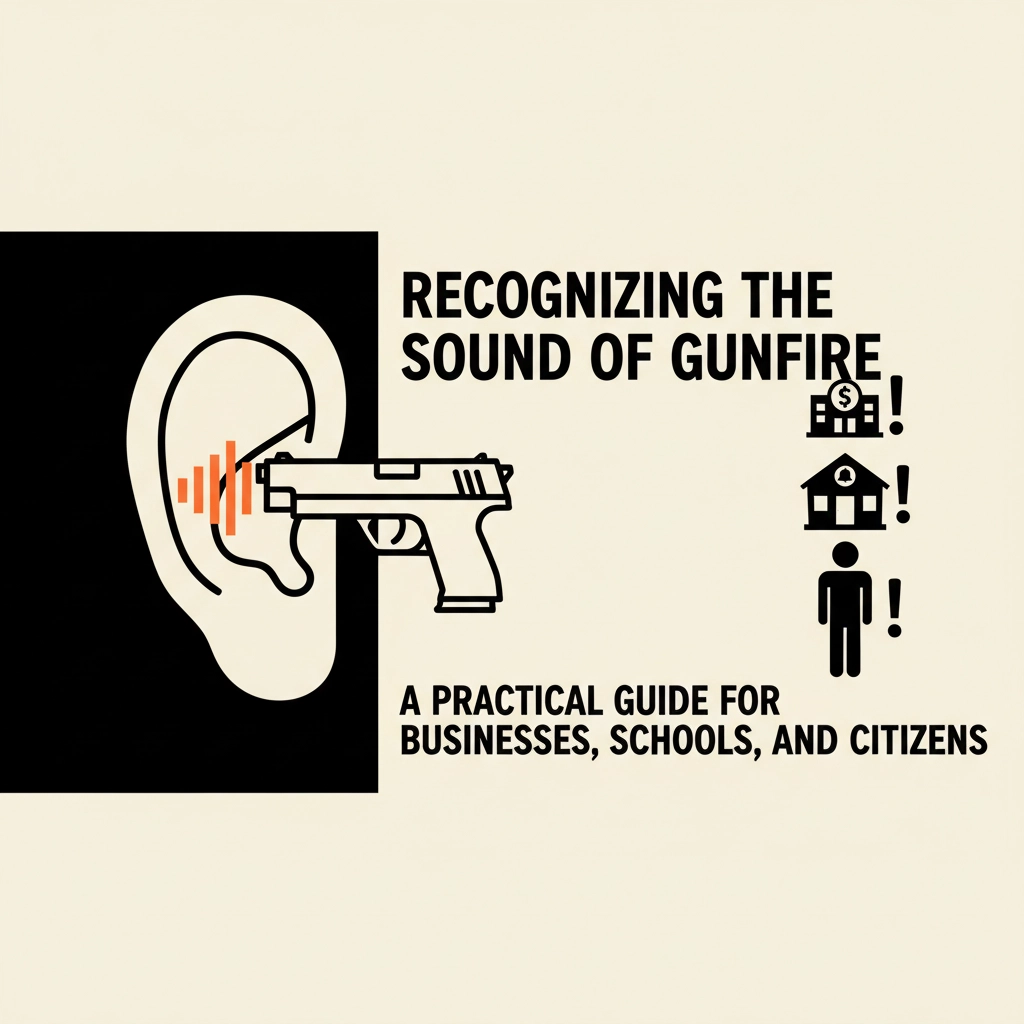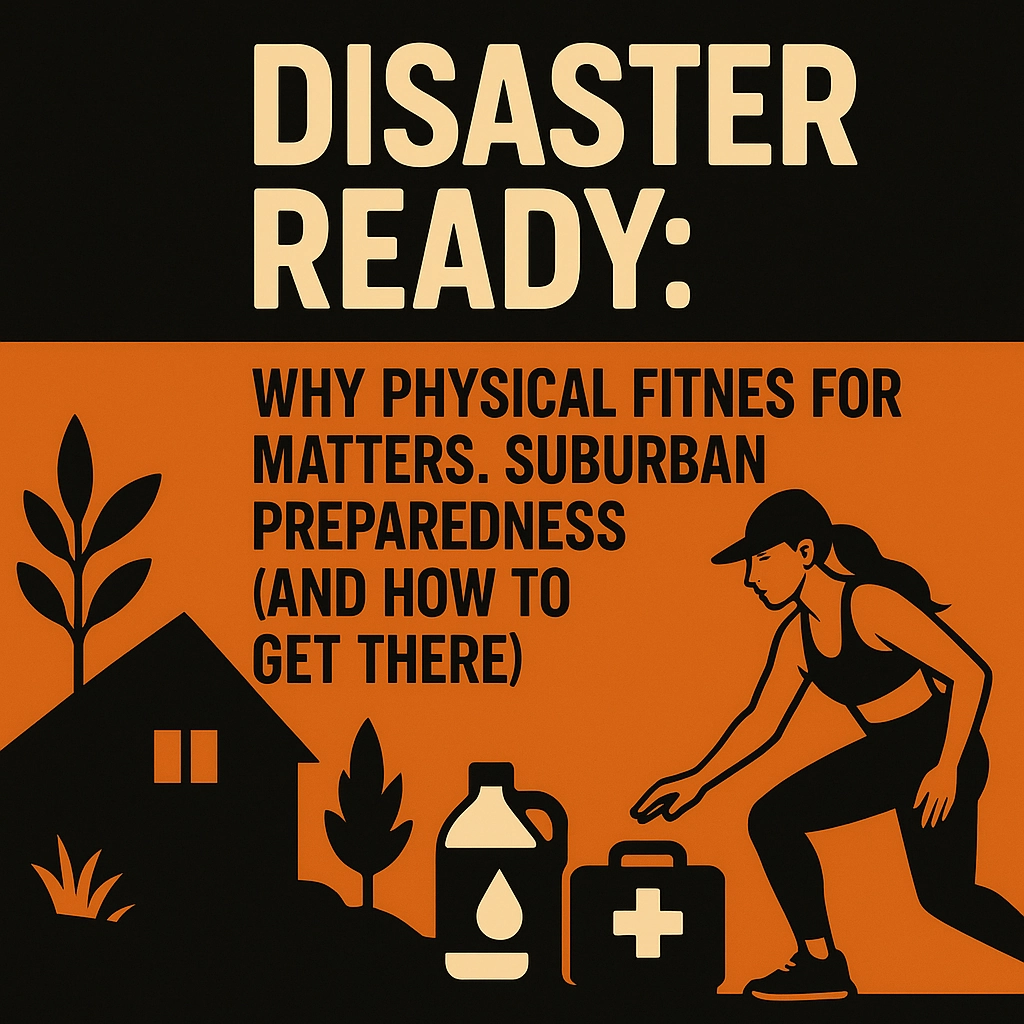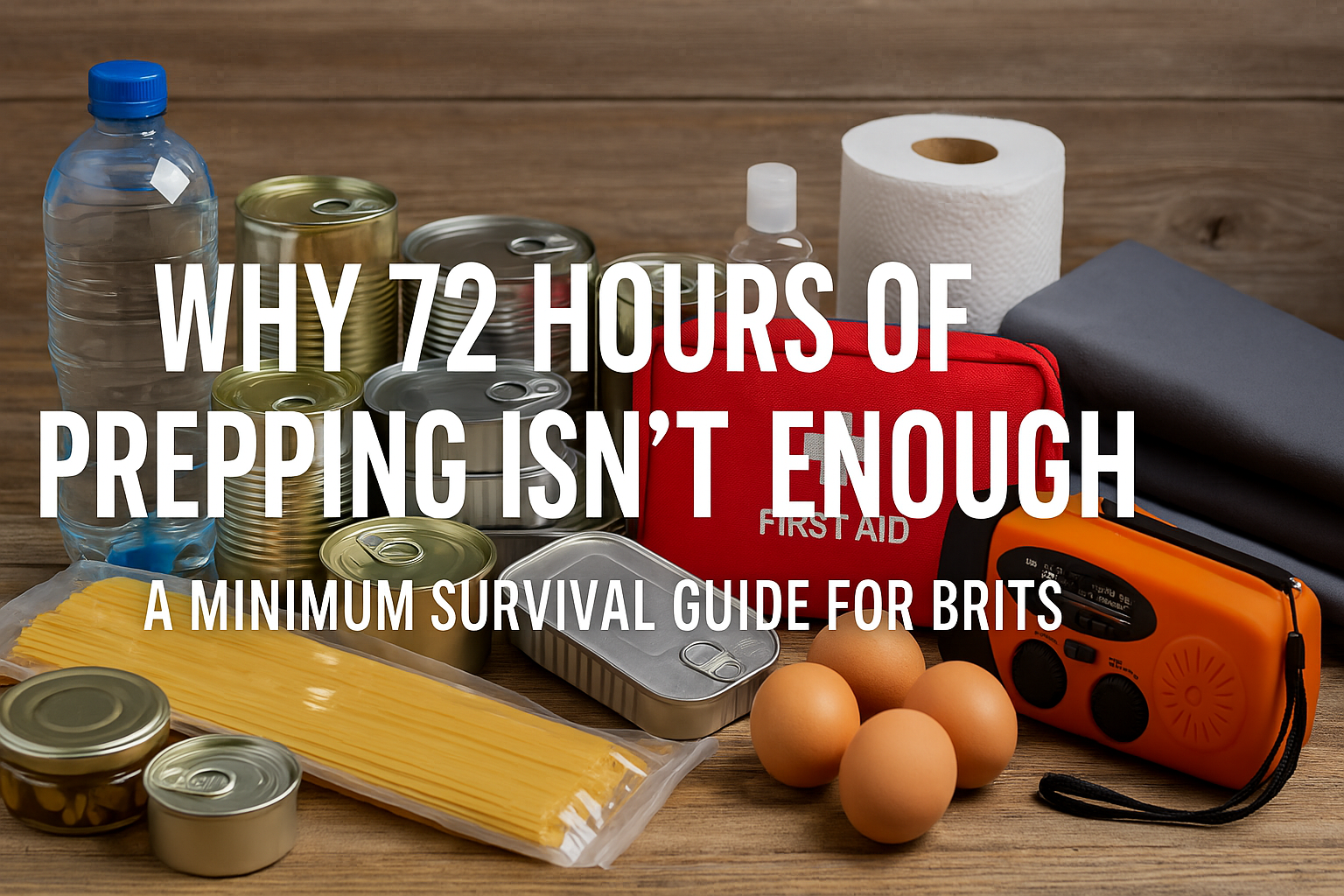As I sit down to unravel the tangled web of New York City’s latest logistical nightmare, it’s impossible to ignore the ripples caused by a verdict that has truck drivers up in arms. In a striking move, a band of drivers dubbed “Truckers for Trump” are steering clear of NYC’s highways in drag. Their wheels grinding to a halt is a powerful stand against the recent Trump verdict, a seismic ruling that fined the former president more than $350 million and ousted him from the New York business scene for a solid three years. This trucker strike sparked on Monday, 19 February, isn’t just a knee-jerk reaction; it’s the embodiment of a political storm on wheels, with staunch Trump supporters like Chicago Ray revving up the boycott’s engine on social media. We’re not just talking about a handful of haulers; Ray’s call echoes the sentiment of a whopping 95–96% of truckers who are slamming the brakes in what they view as a protest to what they label “election interference.”
Peering into the rearview mirror of this situation, we find ourselves at a crossroads where commerce, controversy, and the city converge. With Trump championing this campaign via Truth Social and funds pouring into a GoFundMe initiative aimed at combating the staggering judgment, NYC’s supply lines could be staring down a perfect storm. As this trucker strike unfolds and its wheels threaten to upend the flow into New York City, we’ve got our finger on the pulse of what this could mean for our streets, from corner bodegas to towering skyscrapers. Buckle up as we navigate through the potential gridlock this protest could summon upon America’s most bustling metropolis.
The Verdict Against Former President Trump
In a decisive blow to the former president and his corporate empire, Justice Arthur Engoron slammed the gavel down on a hefty $355 million penalty. This verdict is the culmination of a civil fraud trial that peeled back the layers of Trump’s alleged financial deceptions, revealing a pattern of inflated assets to seduce banks and investors. Here’s the breakdown of the financial storm that’s brewing:
- Punitive Punch: Trump and his companies are facing $250 million in punitive damages. This sum is part of a larger penalty designed to deter future fraudulent behavior and set a precedent for business conduct in New York.
- Damage Control: The judgment includes $100 million in damages and penalties specifically for the Trump Organization. Additionally, various amounts are imposed on Donald Trump Jr., Eric Trump, and Allen Weisselberg, who have been integral to the company’s operations.
- Leadership Lockdown: Both Trump and his sons are prohibited from holding the reins of any New York company for several years – three for the patriarch and two for his progeny. This ban could reshape the corporate landscape of Trump’s New York-based businesses.
The financial fallout doesn’t stop there. Trump’s wallet is set to take further hits with interest payments that add a staggering $98.6 million to the tab – a figure that will only climb until the debt is settled. The interest compounds on various fronts:
- Real Estate Reckoning: Trump must fork over $168 million plus interest for savings on loans tied to his real estate ventures.
- Capital Gains: From the sale of the Trump International Hotel in Washington, there’s a call for $126.8 million plus interest.
- Fairway Finances: Selling the rights to manage a New York City golf course? That’ll be $60 million plus interest.
In a move to ensure transparency and prevent future missteps, Trump’s companies will operate under the watchful eye of an independent monitor for a minimum of three years. This includes the appointment of an independent compliance director and an overhaul of its leadership structure. The restrictions extend to the financial arena as well, with Trump, his sons, and Weisselberg barred from securing loans from New York-registered banks for set periods.
The roots of this legal labyrinth trace back to 2022, when New York Attorney General Letitia James leveraged her considerable power under state law to launch an investigation into persistent allegations of business fraud. This lawsuit was not just about settling scores; it was about upholding the integrity of the business world in the Empire State.
As we weave this information into the broader narrative of the trucker strike and NYC’s supply chain challenges, it’s clear that the Trump verdict is more than a mere legal footnote; it’s a catalyst for civic upheaval and economic turbulence. The drivers, the city, the Trump dynasty – all are caught in the eye of this perfect storm.
Truckers’ Call to Action
As we delve deeper into the heart of the trucker strike, it’s clear that the drivers’ grievances extend beyond a show of solidarity for Trump. Their call to action is a direct response to the new crime code’s stringent penalties for hit-and-run offenses, as highlighted in the 1938 New York City truckers strike. These laws, part of the Bharatiya Nyaya Sanhita (BNS), propose severe consequences, including jail time of up to 10 years and hefty fines, for drivers found guilty in hit-and-run incidents.
Here’s a closer look at the immediate repercussions of the truckers’ protest:
- Supply Chain Disruptions: The strike has led to widespread disruptions in fuel and food supplies across several states. This has triggered panic buying, with consumers rushing to stock up, leading to the rapid exhaustion of fuel station stocks.
- Highway Blockades: Major highways have become the stage for the truckers’ blockade, causing a sharp decline in the transportation of essential goods. This has had a significant impact on supplies to wholesale vegetable markets, among other critical distribution points.
- Inflationary Pressures: With the movement of goods grinding to a halt, we’re bracing for a spike in the prices of essential commodities. Oil, vegetables, fruits, milk, and dairy items are all expected to see a rise in costs, squeezing consumers’ monthly budgets.
Truckers across the board have voiced their concerns, considering these new legal provisions to be one-sided and excessively harsh. They fear the potential fallout from accidents, feeling vulnerable to the stringent punishments that await them. In response, the Union government has stepped in, initiating talks with association leaders to ensure that there are detailed deliberations before these new legal provisions are implemented.
The strike is more than just a reaction to the Trump verdict or new legislation; it’s a stark reminder of the fragile nature of our logistics and transportation systems. As we witness the unfolding of these events, the interconnectedness of these systems with our daily lives becomes ever more evident.
Potential Impact on New York City
In the wake of the Manhattan Supreme Court’s decision, a defiant group of truck drivers has taken a stance that could send shockwaves through New York City’s supply chain. Here’s what we’re potentially looking at:
- Supply Chain Squeeze: If even 10% of truckers join the boycott, the city could face significant supply shortages. From the fresh produce that stocks our markets to the fuel that keeps our vehicles running, the absence of these critical deliveries could send local businesses into a scramble to manage operating costs and maintain inventory levels. This boycott isn’t just about making a statement; it’s about highlighting the indispensability of truckers in keeping the urban lifeblood flowing.
- Price Hikes on the Horizon: As the truckers’ refusal to deliver goods persists, we can expect a ripple effect on consumer prices for essentials. The longer the strike goes on, the higher the likelihood that New Yorkers will feel the pinch in their wallets. The potential for increased costs for everything from milk to medicine is real, and with the movement gaining momentum, the question isn’t if prices will rise, but by how much.
- Monitoring the Metrics: While the full extent of the boycott’s impact is still unfolding, we’re keeping a close eye on the tender reject indexes and TRAC rates for signs of tightening capacity. As of noon on Monday, these indicators haven’t shown a significant shift, but this could change rapidly as the situation develops. We’re tracking this through freight analytics to understand the real-time consequences of the trucker strike.
The situation is fluid, and the stakes are high. As we continue to monitor the effects of this trucker strike, the resilience of NYC’s supply chain is being put to the test. It’s a stark reminder of the power wielded by the individuals behind the wheel, delivering the goods that keep a city like ours running. Stay tuned as we navigate these choppy waters together, keeping you informed every step of the way.
Challenges for the Preparedness Community
- Supply Chain Disruptions: The strike’s immediate effect on the supply chain could lead to shortages of essential goods, including food, fuel, and medical supplies. For the preparedness community, this underscores the importance of having well-stocked reserves but also highlights vulnerabilities in relying on just-in-time delivery systems for essentials.
- Price Inflation: As the article suggests, the strike is expected to drive up the prices of commodities due to decreased supply. For individuals and organizations focused on preparedness, this could mean increased costs for maintaining emergency supplies and potentially reevaluating budget allocations to account for these changes.
- Increased Demand for Local Resources: With disruptions in the supply chain, there may be a greater reliance on local resources. This could be an opportunity for the preparedness community to strengthen local networks and support systems, but it also may test the capacity of these local resources to meet increased demand.
Opportunities for the Preparedness Community
- Community Engagement and Support: The strike presents an opportunity for the preparedness community to lead by example, offering support and resources to those who may be unprepared for the disruptions. This could involve organizing local food drives, sharing information on emergency preparedness, or offering workshops on self-sufficiency skills.
- Strengthening Local Supply Chains: The reliance on local resources could encourage the preparedness community to invest further in local supply chains, including community gardens, local manufacturing, and other forms of local production. This not only helps mitigate the impact of future disruptions but also strengthens community ties.
- Advocacy and Policy Engagement: The strike highlights the fragility of the current supply chain system and the need for more resilient infrastructure. The preparedness community could use this moment as a catalyst for engaging in advocacy and policy discussions aimed at creating more sustainable and resilient supply systems.
The trucker strike in response to the Trump verdict has the potential to become more than a temporary logistical challenge; it’s a wake-up call for the preparedness community in New York City and beyond. While it presents significant challenges, it also offers opportunities for growth, engagement, and advocacy. By focusing on local resilience, community support, and policy engagement, the preparedness community can navigate these turbulent times and emerge stronger and more connected.
Conclusion
Throughout the article, we have explored the deep-seated implications of the truckers’ strike and the extensive legal ramifications of the Trump verdict on New York City’s supply chain. The convergence of political support for Trump among truckers and the stringent new crime code have sparked a protest that underscores the importance of truckers in the intricate fabric of urban logistics. While the city grapples with potential shortages and rising prices, the underlying message is clear: the trucking community is not just the backbone of commerce, but a significant socio-political force.
The outcome of this protest, entangled with the legal judgment against Trump and his businesses, raises critical questions about the future of New York’s supply networks and the broader implications for the economy. As the situation continues to evolve, it signals a period of reconsideration for legislation pertaining to transport industries and perhaps a recalibration of political and economic strategies. The city’s response to these challenges will be crucial in shaping the resilience of its supply chain and maintaining the delicate balance between enforcement and the livelihoods of those that keep America’s largest city moving.
FAQs
- What’s the timeline for the trucker strike?
The truckers’ strike, a direct response to the hefty financial penalties levied against former President Donald Trump, is slated to kick off on Monday, February 20. This action represents a significant escalation in the ongoing tensions between political allegiance and the legal system, with truck drivers at the forefront of this unique form of protest. Truckers’ timeline - What sparked the trucker strike?
At the heart of this trucker strike is the court’s ruling against Trump, which includes a staggering $355 million in damages for financial fraud. This verdict has not only shaken the business world but has also mobilized a faction of the trucking community, who view the decision as a call to action. Their planned refusal to deliver goods to New York City is a potent demonstration of solidarity with Trump, and a move that could have profound consequences for the city’s supply chain. Strike’s catalyst - What are the potential consequences for NYC and the truck drivers?
The implications of the trucker strike are twofold. For New York City, the immediate threat looms over its supply chain, with potential disruptions in the delivery of essential goods and subsequent price hikes for consumers. On the flip side, truck drivers face the risk of backlash from both the legal system and the court of public opinion, as their livelihoods hinge on the delicate balance between protest and duty. The full scope of these consequences will become clearer as we approach the strike’s commencement. Strike’s consequences








